کتاب تبلور ترکیبات آلی: دیدگاه صنعتی، راهنمای عملی است که اصول تبلور را با انواع روشها، مطالعات موردی و نمونههای صنعتی متعدد بررسی میکند. در این کتاب تجربیات عملی نویسندگان به عنوان مهندسان فرآیند در زمینه فرآیندهای کریستالیزاسیون ترکیبات آلی، هم در مقیاس توسعه آزمایشگاهی و هم مقیاس صنعتی آورده شده است.
TABLE OF CONTENTS
Preface ix
1. Introduction to Crystallization
1.1 Crystal Properties and Polymorphs
1.2 Nucleation and Growth Kinetics
1.3 Mixing and Scale- Up
1.4 Critical Issues and Quality by Design
1.5 Crystallization Process Options
1.6 Downstream Operations
1.7 Special Applications
2. Properties
2.1 Solubility
2.2 Supersaturation, Metastable Zone, and Induction Time
2.3 Oil, Amorphous, and Crystalline States
2.4 Polymorphism
2.5 Solvate
2.6 Solid Compound, Solid Solution, and Solid Mixture
2.7 Inclusion and Occlusion
2.8 Adsorption, Hygroscopicity, and Deliquesce
2.9 Crystal Morphology
2.10 Partical Size Distribution and Surface Area
3. Polymorphism
3.1 Phase Rule
3.2 Phase Transition
3.3 Prediction of Crystal Structure and its Formation
3.4 Selection and Screening of Crystal Forms
3.5 Examples
Example 3.1 Indomethacin
Example 3.2 Sulindac
Example 3.3 Losartan
Example 3.4 Finasteride
Example 3.5 Ibuprofen Lysinate
Example 3.6 HCl Salt of a Drug Candidate
Example 3.7 Second HCl Salt of a Drug Candidate
Example 3.8 Prednisolone t- Butylacetate
Example 3.9 Phthalylsulfathiazole
4. Kinetics
4.1 Supersaturation and Rate Processes
4.2 Nucleation
4.3 Crystal Growth and Agglomeration
4.4 Nucleate/Seed Aging and Ostwald Ripening
4.5 Delivered Product: Purity, Cystal Form, Size and Morphology, and Chemical and Physical Stability
4.6 Design of Experiment (DOE)— Model- Based Approach
4.7 Model- Free Feedback Control
5. Mixing and Crystallization
5.1 Introduction
5.2 Mixing Considerations and Factors
5.3 Mixing Effects on Nucleation
5.4 Mixing Effects on Crystal Growth
5.5 Mixing Distribution and Scale- Up
5.6 Crystallization Equipment
5.7 Process Design and Examples
Example 5.1 Mixing Impact on Crystallization Kinetics
Example 5.2 Mixing Scale- Up Impact on Particle Size
6. Critical Issues and Quality by Design
6.1 Quality By Design
6.2 Basic Properties
6.3 Seed
6.4 Supersaturation
6.5 Mixing and Scale— Selection of Equipment and Operating Procedures
6.6 Strategic Considerations for Crystallization Process Development
6.7 Summary of Critical Issues
7. Cooling Crystallization
7.1 Batch Operation
7.2 Continuous Operations
7.3 Process Design— Examples
Example 7.1 Intermediate in a Multistep Synthesis
Example 7.2 Pure Crystallization of an API
Example 7.3 Crystallization Using the Heel from the Previous Batch as Seed
Example 7.4 Resolution of Ibuprofen Via Stereospecific Crystallization
Example 7.5 Crystallization of Pure Bulk with Polymorphism
Example 7.6 Continuous Separation of Stereoisomers
8. Evaporative Crystallization
8.1 Introduction
8.2 Solubility Diagrams
8.3 Factors Affecting Nucleation and Growth
8.4 Scale- Up
8.5 Equipment
8.6 Process Design and Examples
Example 8.1 Crystallization of a Pharmaceutical Intermediate Salt
Example 8.2 Crystallization of the Sodium Salt of a Drug Candidate
Example 8.3 API Hydrate with Low Water Solubility
9. Anti- solvent Crystallization
9.1 Operation
9.2 In- Line Mixing Crystallization
9.3 Process Design and Examples
Example 9.1 Crystallization of an Intermediate
Example 9.2 Rejection of Isomeric Impurities of Final Bulk Active Product
Example 9.3 Crystallization of a Pharmaceutical Product with Strong Nucleation and Poor Growth Characteristics
Example 9.4 Impact of Solvent and Supersaturation on Particle Size and Crystal Form
Example 9.5 Crystallization of an API Using Impinging Jets
Example 9.6 Crystallization of a Pharmaceutical Product Candidate Using an Impinging Jet with Recycle
Example 9.7 In Situ Wet Seed and Particle Generation Using In- line Mixer
10. Reactive Crystallization
10.1 Introduction
10.2 Control of Particle Size
10.3 Key Issues in Organic Reactive Crystallization
10.4 Creation of Fine Particles— In- Line Reactive Crystallization
10.5 Process Design and Scale- Up
Example 10.1 Reactive Crystallization of an API
Example 10.2 Reactive Crystallization of an Intermediate
Example 10.3 Reactive Crystallization of a Sodium Salt of an API
Example 10.4 Reactive Crystallization of an API
11. Filtration
11.1 Introduction
11.2 Basic Properties
11.3 Kinetics
11.4 Process Design and Scale- Up
Example 11.1 Design of Cake Wash Composition and Wash Mode
12. Drying
12.1 Introduction
12.2 Basic Properties
12.3 Kinetics
12.4 Process Design and Scale- Up
Example 12.1 Scale- Up— Residual Solvent
Example 12.2 Scale- Up— Particle Agglomeration and Fracturing
13. Special Applications
13.1 Introduction
13.2 Crystallization with Supercritical Fluids
13.3 Resolution of Stereo- Isomers
13.4 Wet Mills in Crystallization
13.5 Computational Fluid Dynamics in Crystallization
13.6 Solid Dispersion— Crystalline and/or Amorphous Drugs
13.7 Process Design and Examples
Example 13.1 Sterile Crystallization of Imipenem
Example 13.2 Enhanced Selectivity of a Consecutive–Competitive Reaction by Crystallization of the Desired Product During the Reaction
Example 13.3 Applying Solubility to Improve Reaction Selectivity
Example 13.4 Melt Crystallization of Dimethyl Sulfoxide
Example 13.5 Freeze Crystallization of Imipenem
Example 13.6 Continuous Separation of Stereoisomers
Example 13.7 Hybrid Solid Dispersion
References
Index
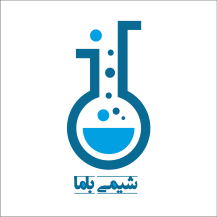
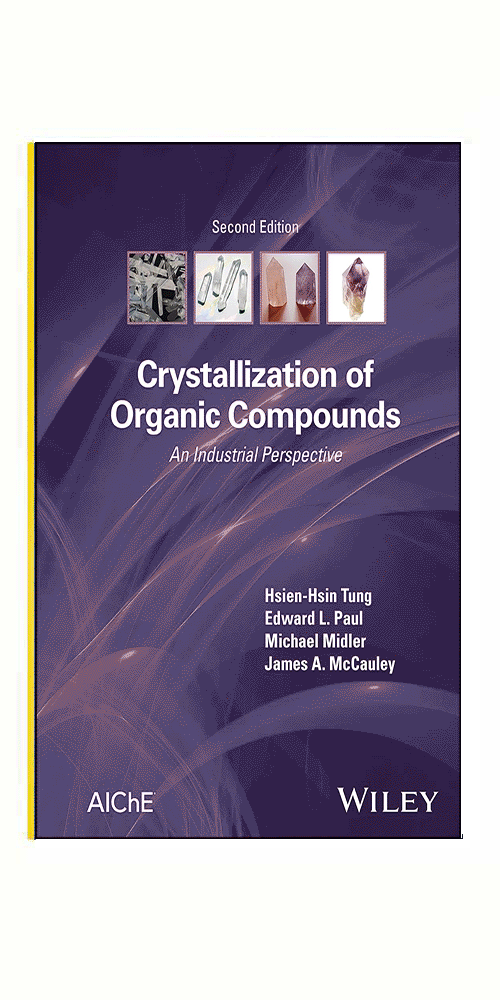
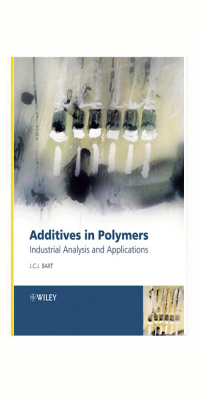

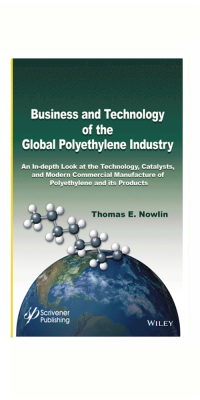
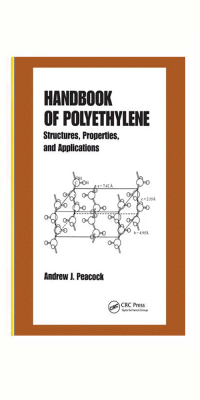

نقد و بررسیها
هنوز بررسیای ثبت نشده است.